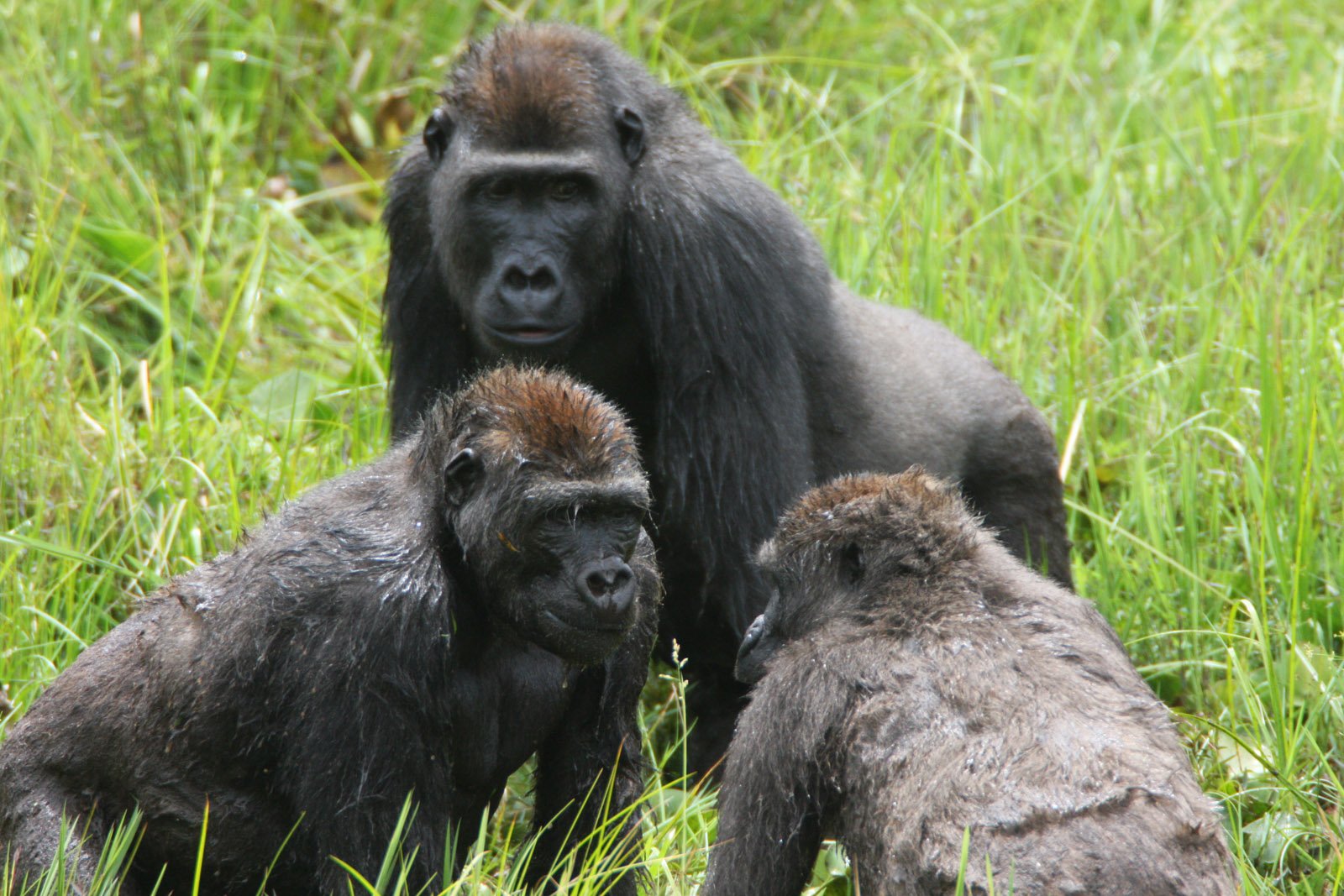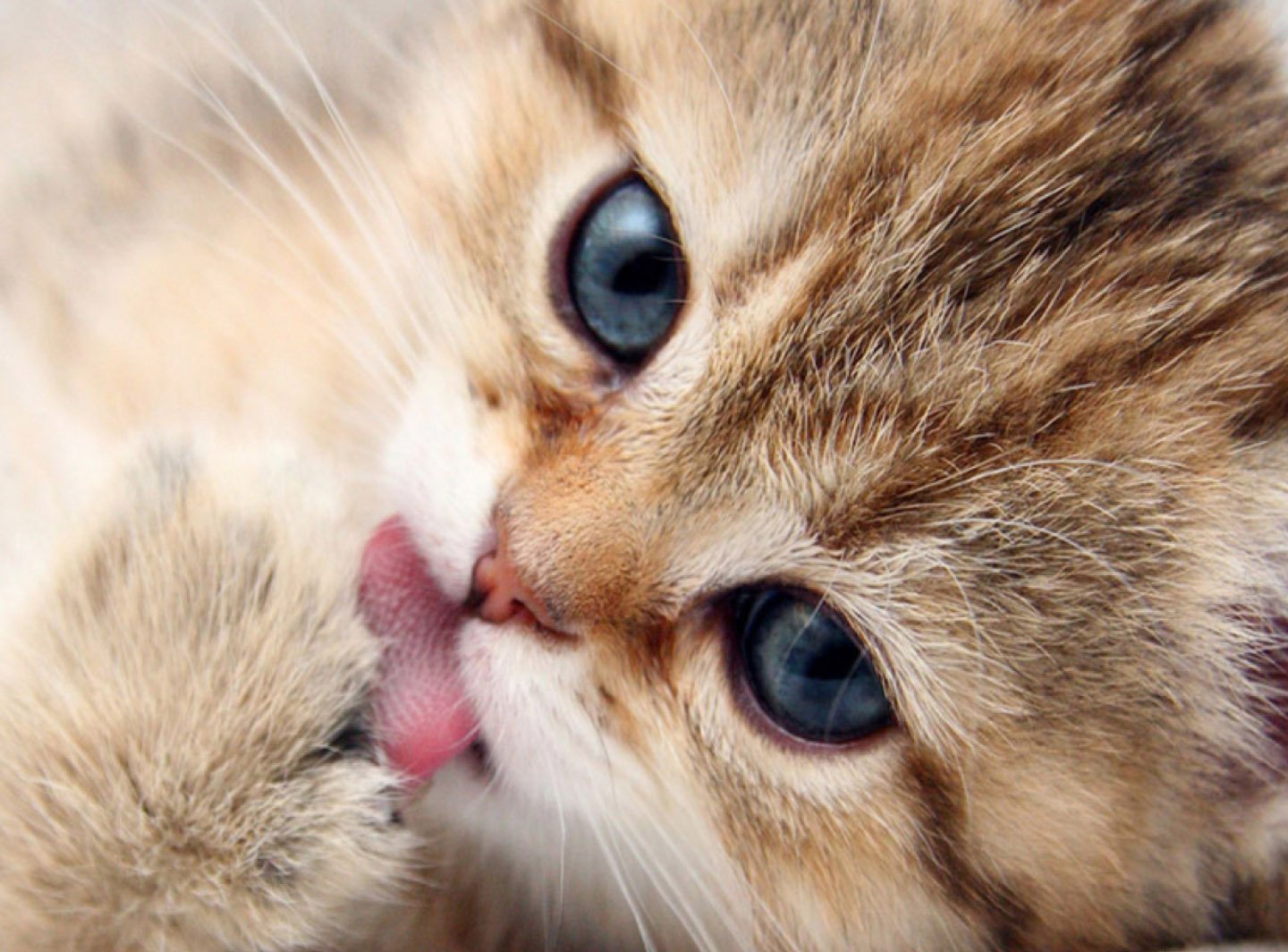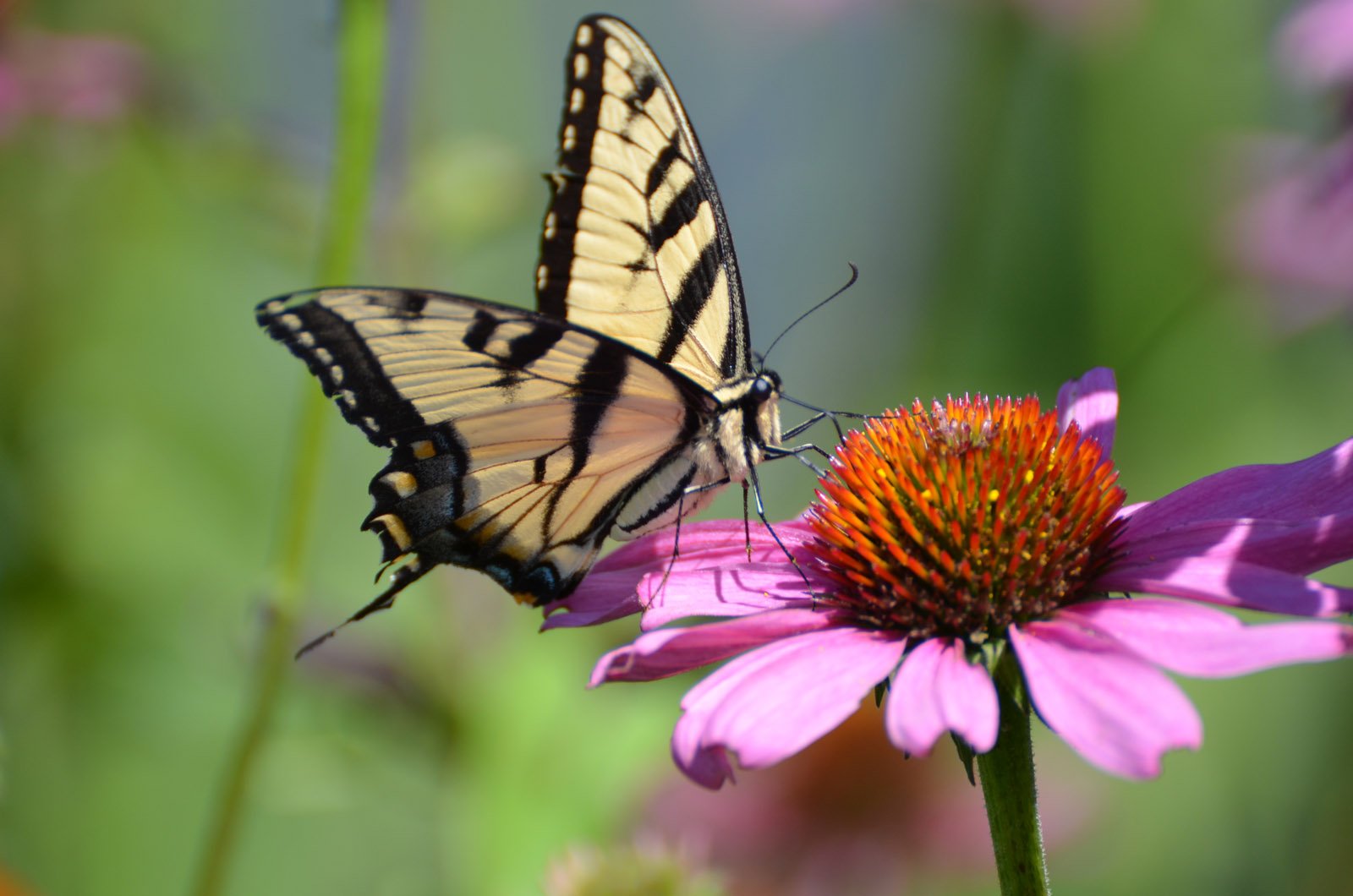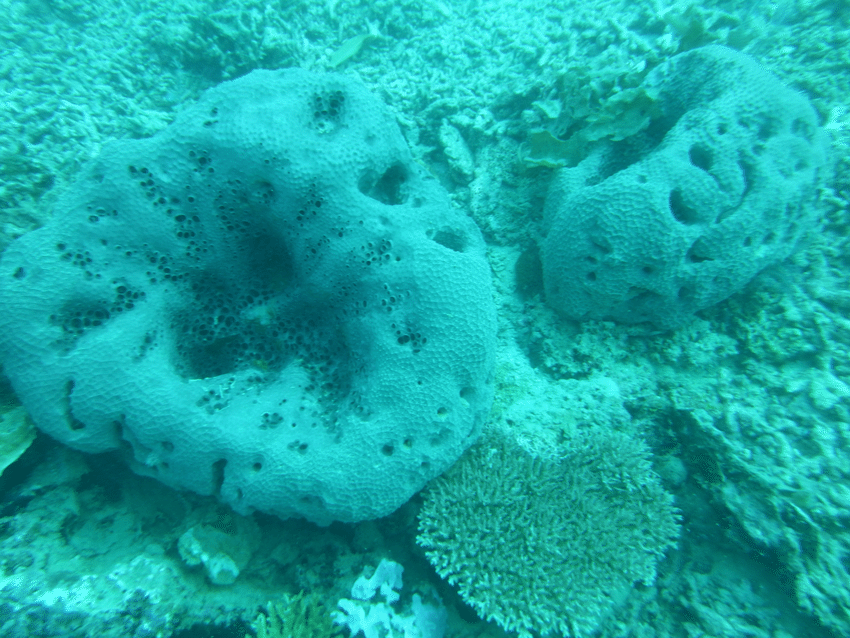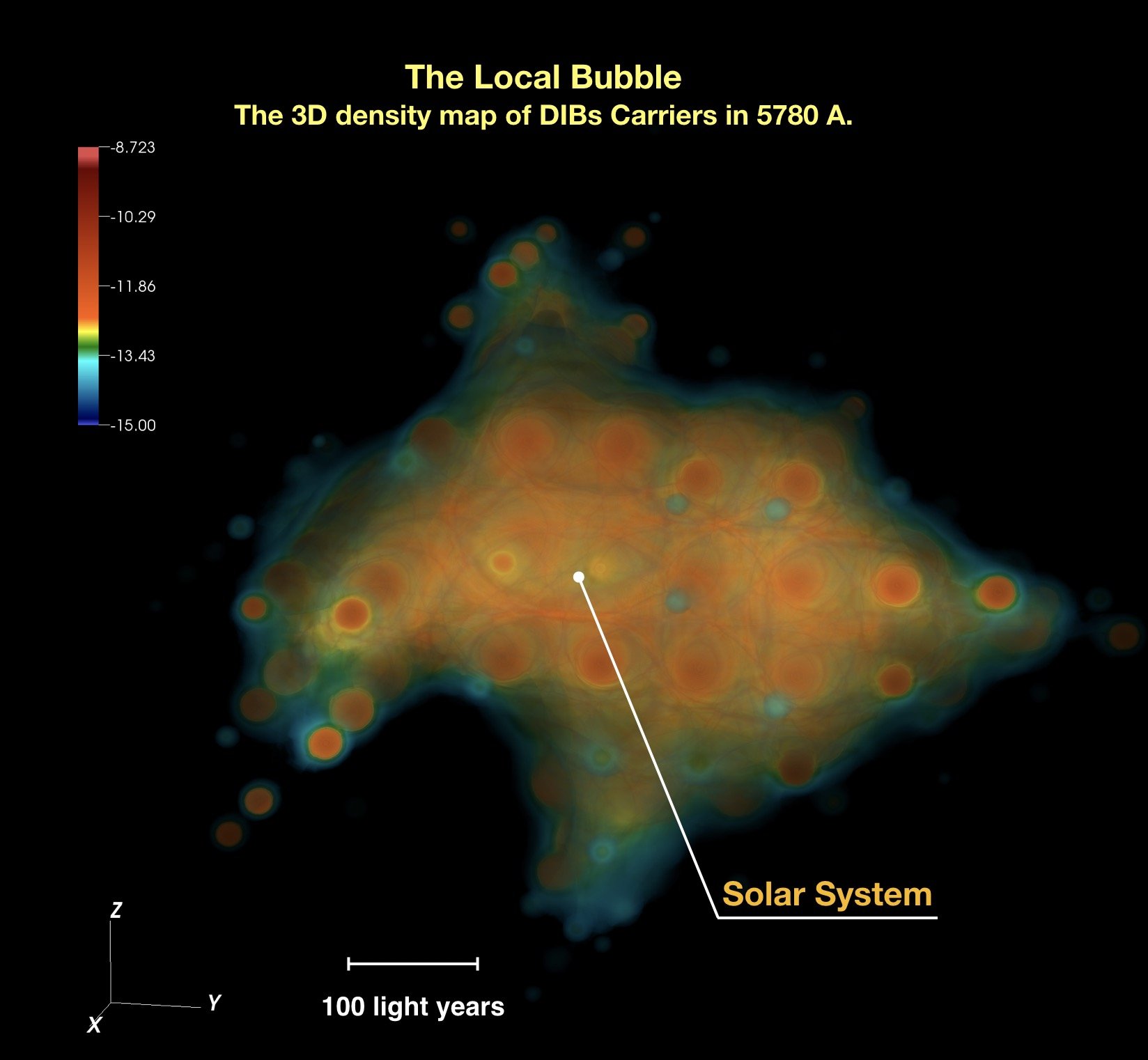Quantum sensor breakthrough using naturally occurring vibrations in artificial atoms
A team of scientists, led by the University of Bristol, have discovered a new method that could be used to build quantum sensors with ultra-high precision. When individual atoms emit light, they do so in discrete packets called photons. When this light is measured, this discrete or ‘granular’ nature leads to especially low fluctuations in … Read more

